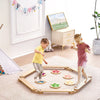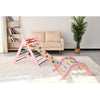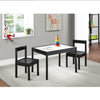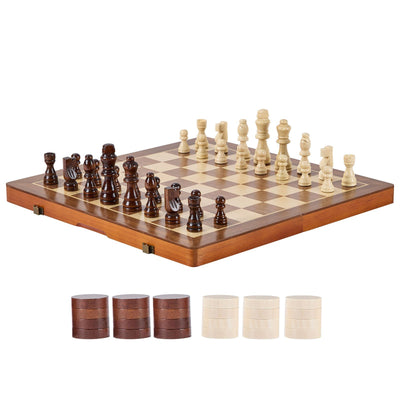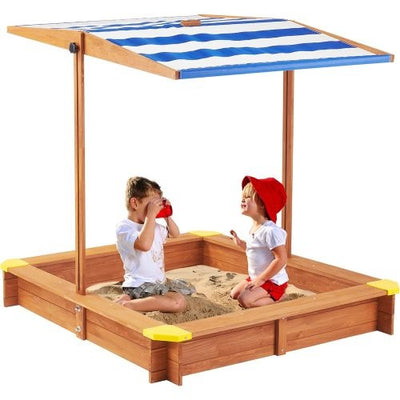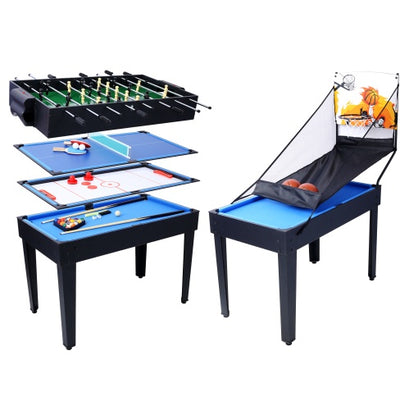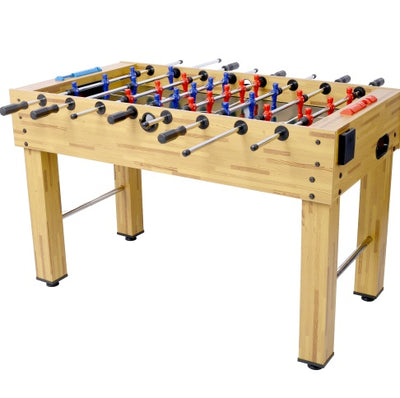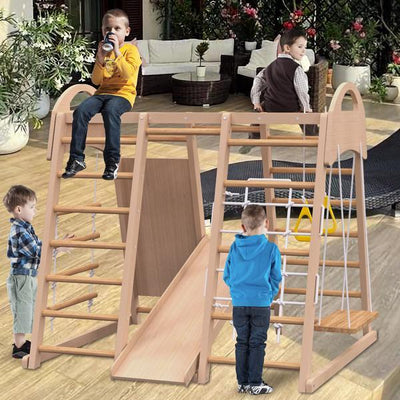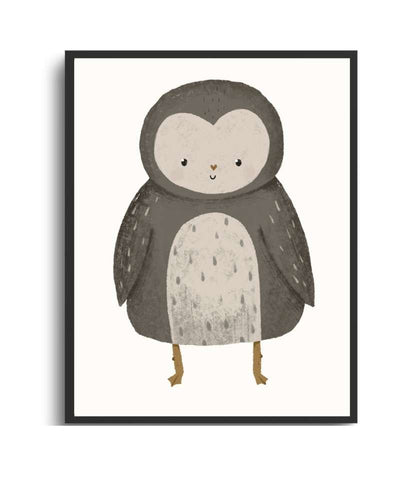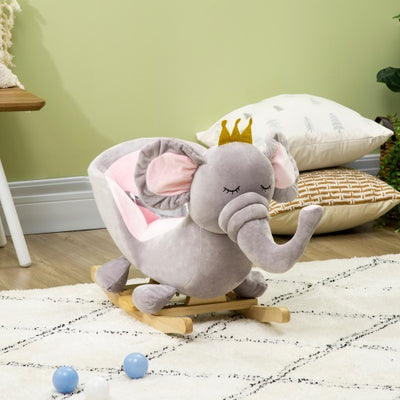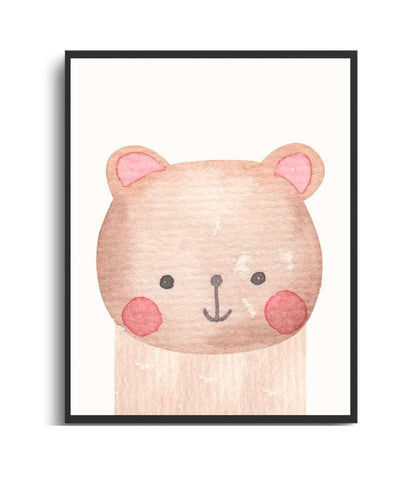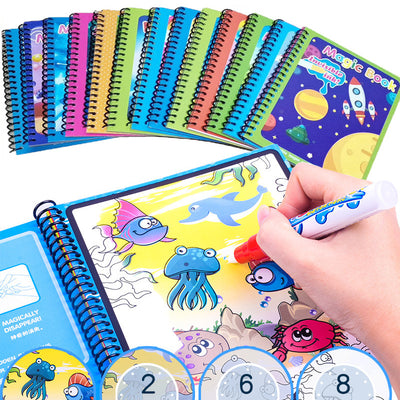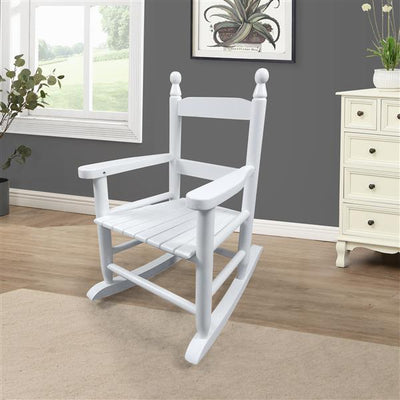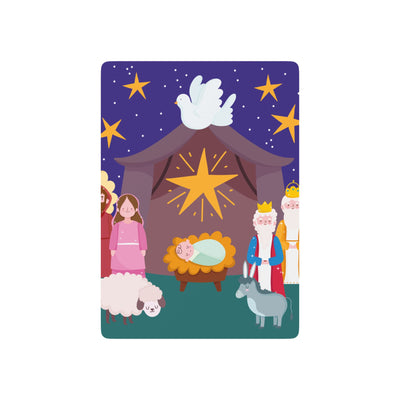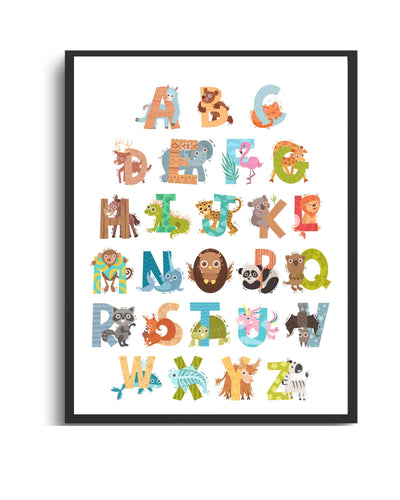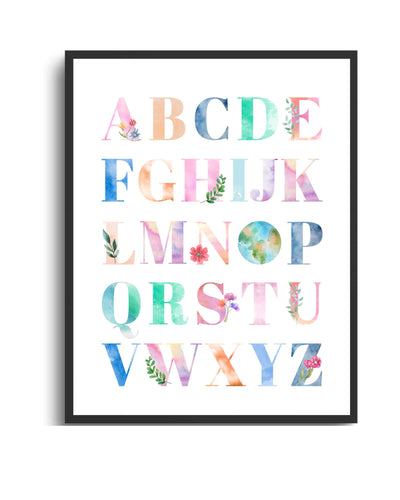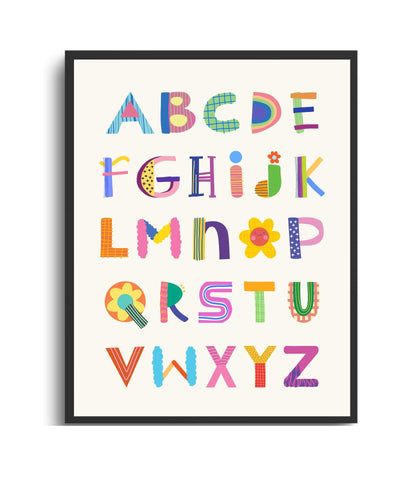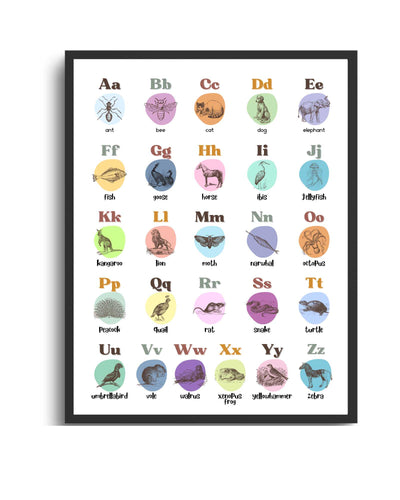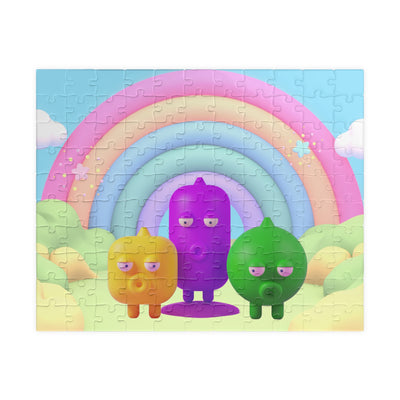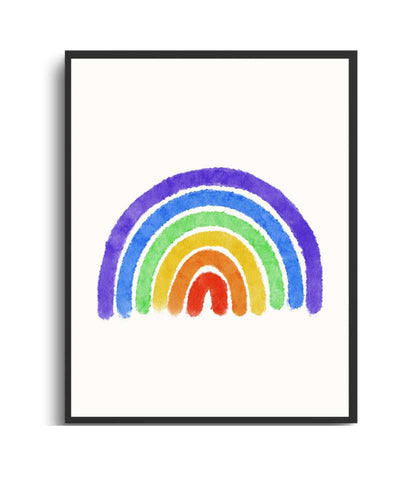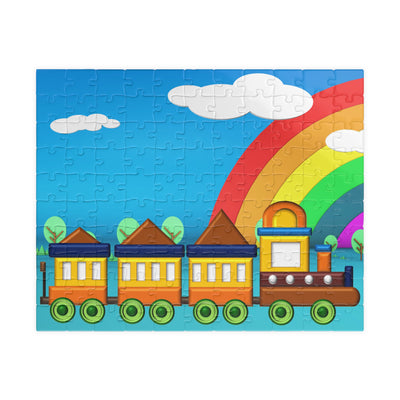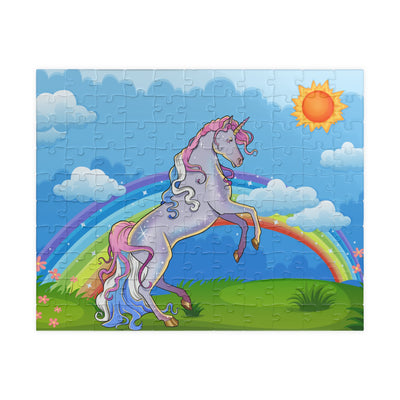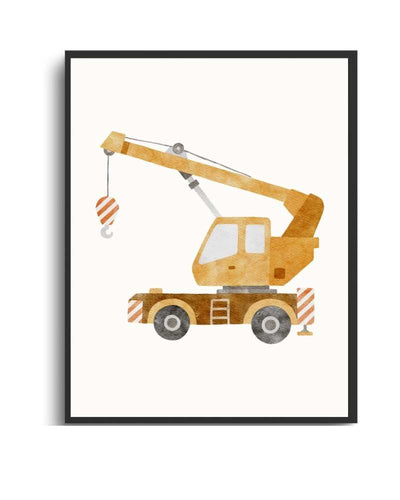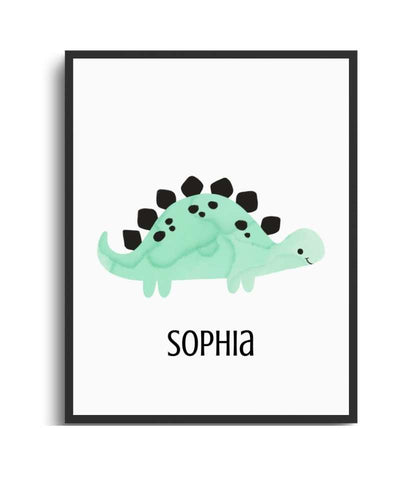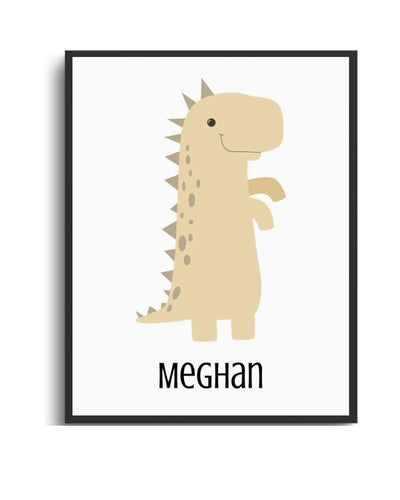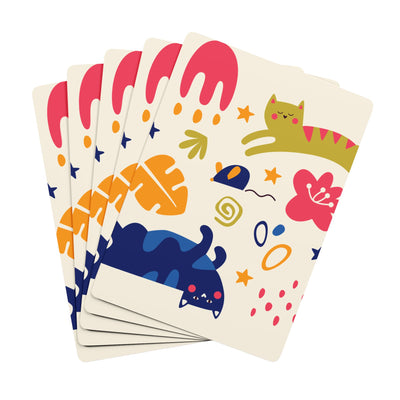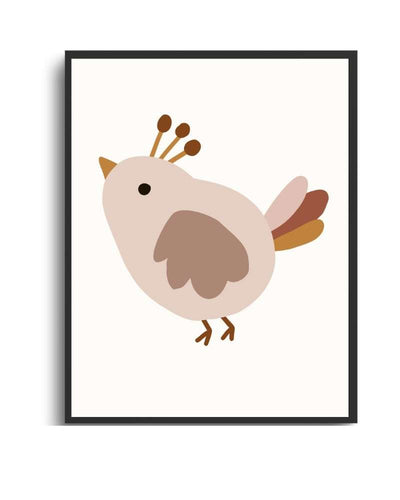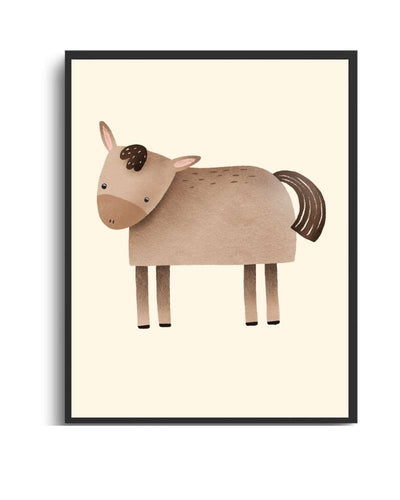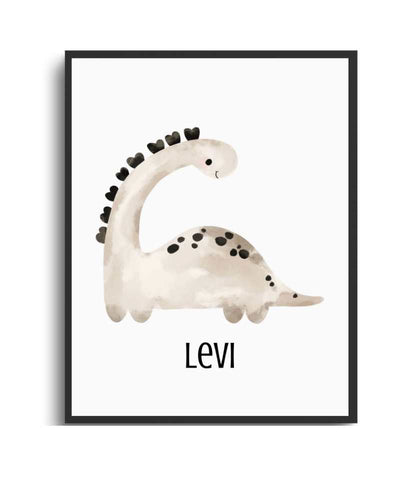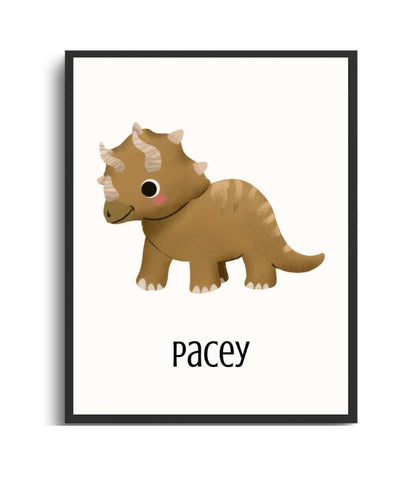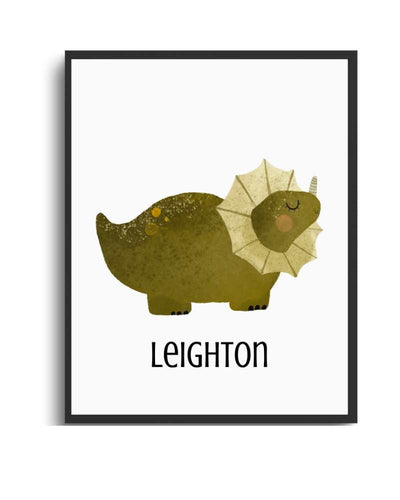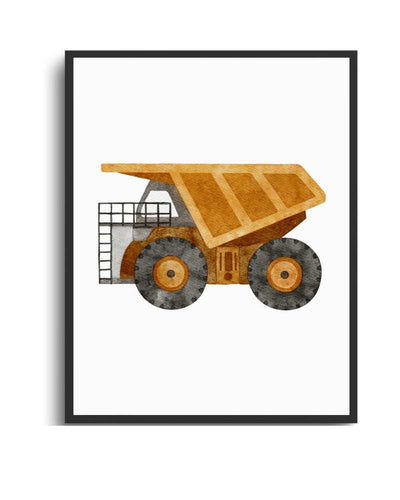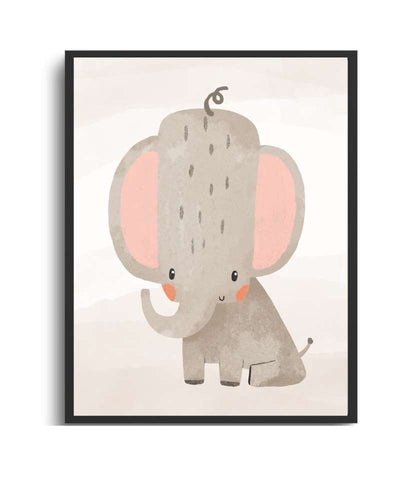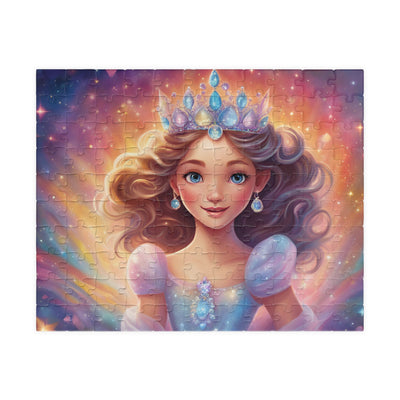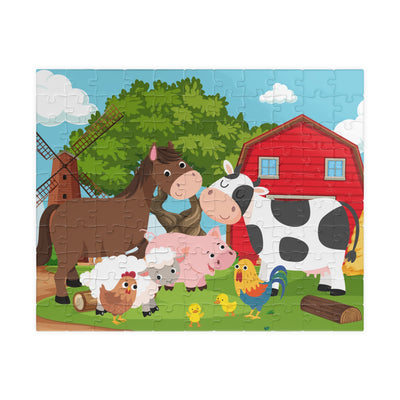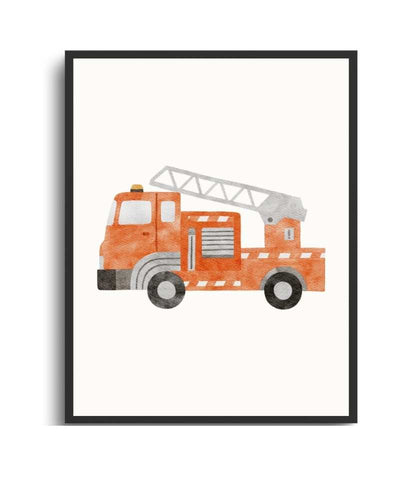As parents, we strive to create environments that support our children's growth, development, and independence. One of the best ways to do this is by incorporating child-sized furniture into their daily lives. Unlike standard adult furniture, furniture designed specifically for children is built to match their height, reach, and abilities—allowing them to navigate their space with confidence.
At Woodwork Toys, we offer a variety of child-friendly furniture pieces that foster independence and enhance learning. Let’s explore the key benefits of child-sized furniture and recommend some must-have pieces to create the perfect child-friendly space.
1. Encourages Independence in Daily Activities
When furniture is designed for a child’s height, they can see, reach, and use it without needing parental assistance. This independence is crucial for developing life skills, such as:
✅ Getting dressed on their own – A child-sized dressing table allows kids to access their mirror, comb their hair, and store small accessories.
👉 Wooden Makeup Dresser for Kids
✅ Cleaning up after playtime – A low bookshelf gives children easy access to their favorite books and toys, encouraging them to organize their space.
👉 Wooden Children's Bookshelf
✅ Engaging in creative activities independently – A perfectly sized table and chair set allows children to color, write, and play without relying on an adult-sized desk.
👉 Gibson 3-Piece Dry Erase Kids Table & Chair Set
2. Promotes Confidence & Self-Reliance
Children thrive when they can do things on their own. When they have furniture designed for them, they feel more confident in their abilities, which helps build self-reliance.
💡 Example: A child-sized dressing table allows kids to get ready on their own, boosting their self-esteem and teaching them personal care habits.
👉 Children’s Dressing Table Set
When kids don’t have to depend on adults for simple tasks—like reaching their books or sitting at a comfortable desk—they begin to develop problem-solving skills and confidence in their abilities.
3. Supports Learning & Creativity
A well-designed child-friendly space encourages learning, creativity, and focus.
🎨 Art & Play Areas – Child-sized tables provide a comfortable place for kids to draw, build, and play games.
📚 Reading Nooks – A low bookshelf makes books accessible, encouraging early reading habits.
🏡 Montessori-Inspired Sleeping Areas – Beds designed for kids, like Montessori-style bunk beds, promote independence by allowing children to climb in and out on their own.
👉 Montessori-Style Wooden Bunk Bed
4. Ensures Safety & Comfort
Child-sized furniture isn’t just about convenience—it’s also about safety. Standard furniture can be too high, too heavy, or too difficult for children to use safely.
🔹 Ergonomic design – Child-sized chairs and tables promote good posture and prevent strain.
🔹 Stable and sturdy construction – Kids' furniture is made with their size and weight in mind, reducing the risk of tipping over.
🔹 Rounded edges & non-toxic materials – Designed with safety-first materials and finishes to protect little ones.
Final Thoughts: Creating a Child-Friendly Space
Investing in child-sized furniture transforms your home into a space that fosters independence, creativity, and confidence. By giving children their own appropriately-sized furniture, they gain a sense of control over their environment—leading to healthier development and greater self-sufficiency.
Ready to create the perfect space for your child? Explore our selection of child-friendly furniture at Woodwork Toys and let your little one thrive! 🚀
Shop Our Top Picks for Child-Sized Furniture:
✅ Wooden Makeup Dresser for Kids
✅ Children’s Dressing Table Set
✅ Gibson 3-Piece Dry Erase Kids Table & Chair Set
✅ Wooden Children's Bookshelf
✅ Montessori-Style Wooden Bunk Bed
Let’s make childhood more fun, independent, and safe—one piece of furniture at a time! 🎉












